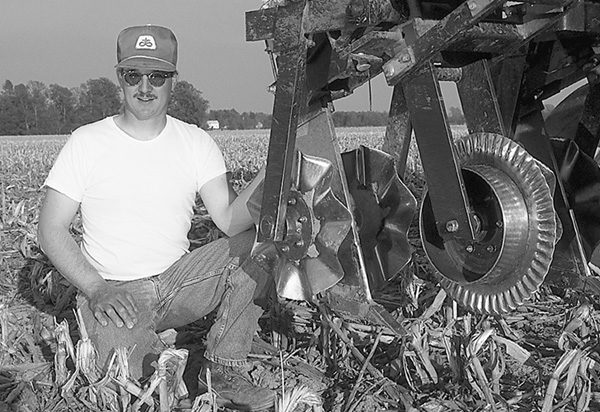No-Till Farmer
Get full access NOW to the most comprehensive, powerful and easy-to-use online resource for no-tillage practices. Just one good idea will pay for your subscription hundreds of times over.

In a perfect world, every farm would have rich, fertile soil in which to plant a disease-free crop with their shiny new no-till planter to sell their product to a more-generous market.
Unfortunately, this isn’t a perfect world. And no one knows that better than Dave Roggenbuck of Snover, Mich., who with his brother Paul and father Vince, designed their own solution to one of the farmer’s biggest problems: Varying soil types, and for the Roggenbucks, soil types that are mainly on the heavy side.
“In the early 80s,” Dave Roggenbuck recalls, “we were playing around with all sorts of no-tilling methods because conventional tillage machinery and labor costs were getting out of hand. Also, the conventional tillage system is not as good a soil conservation practice as no-till seems to be.
“So my father, brother and I started experimenting with ridge-till and no-till. They looked like good ideas, but there were problems with ridge-till—cultivation.”
Cultivation, or ridging, may not be a problem to many farmers with flat, even soil types. But for the Roggenbucks, whose fields have glacieral soils and as many as five soil types in as little as a 40-acre field, ridge cultivators don’t make uniform ridges under these situations. And uniform ridges are imperative for uniform planting the following year.
Roggenbuck explains that ridging becomes a problem because of the various settings needed for each soil type. One setting would not be sufficient for all types of soil.
“Ridge-till was failing,” Roggenbuck explains…